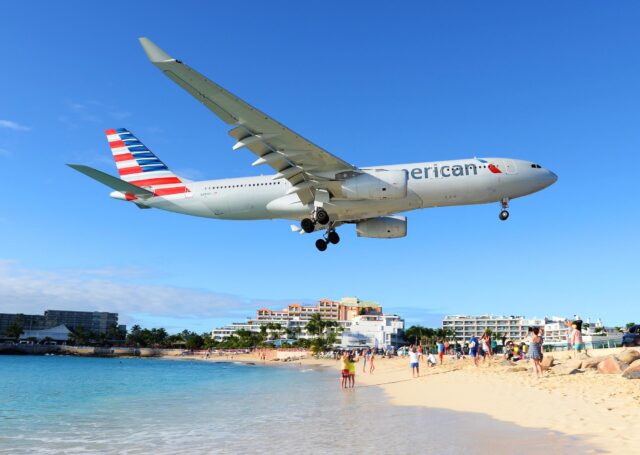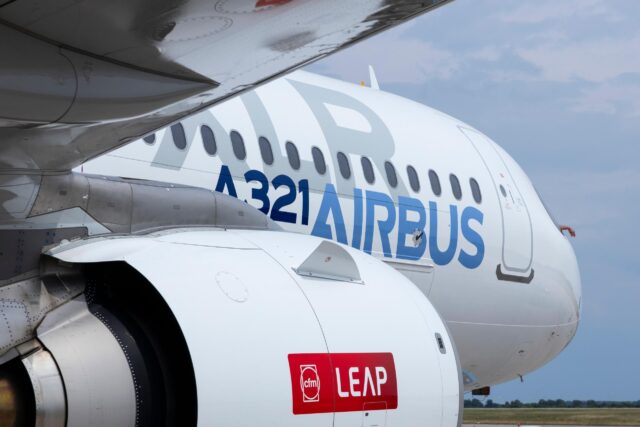IndiaOne Air signs LOI for up to 10 Twin Otter 300-G aircraft at Dubai Airshow

November 19, 2025
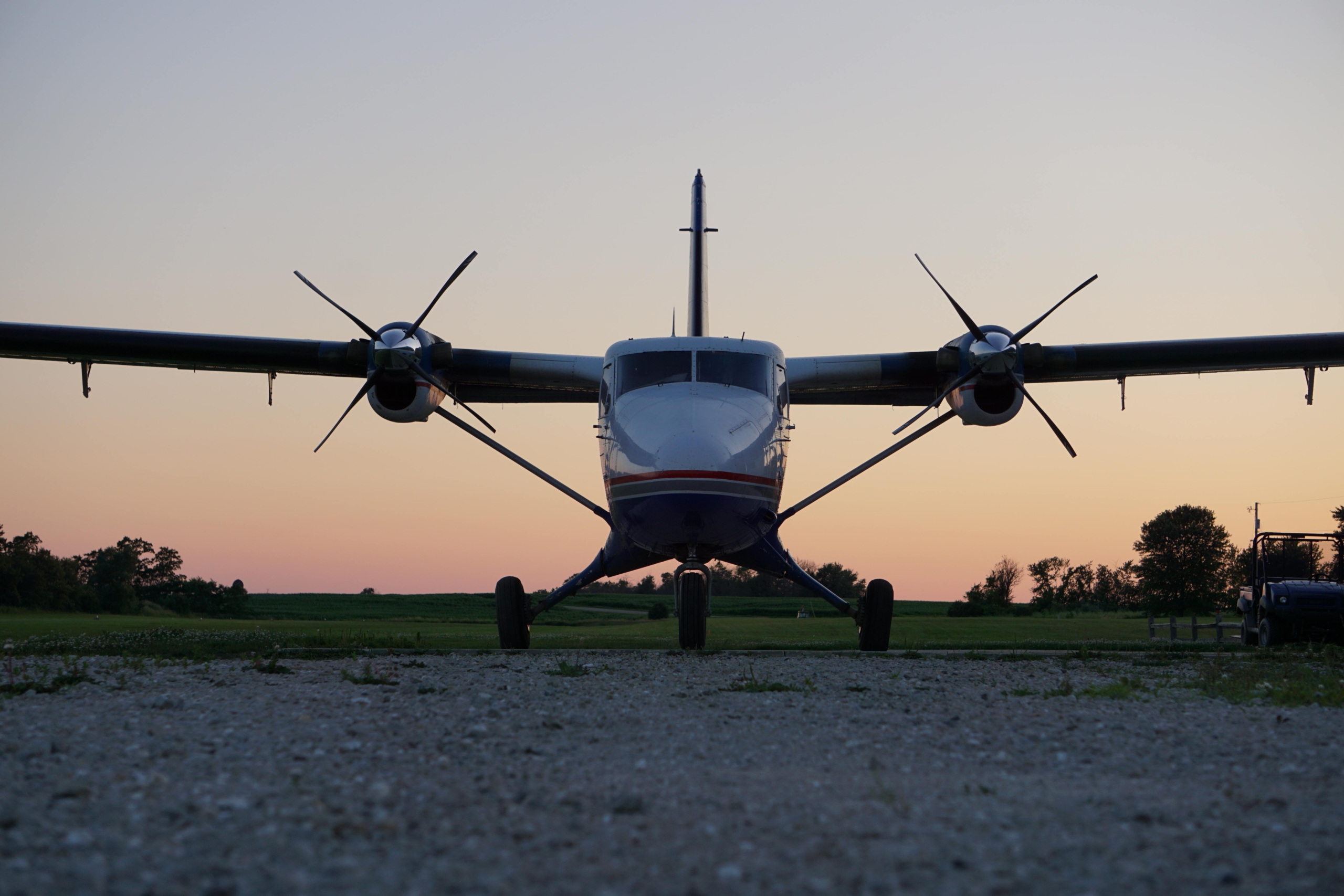
IndiaOne Air has taken a step toward broadening its regional network by signing a Letter of Intent to acquire up to ten Twin Otter Series 300-G aircraft from De Havilland Aircraft of Canada.
Announced at the Dubai Airshow, the agreement marks the carrier’s first move toward introducing a twin-engine type designed for operations into small, remote airfields that are difficult to serve with conventional regional aircraft.
IndiaOne Air looks to expand regional access with a new Twin Otter platform
The proposed acquisition is aimed at strengthening the airline’s reach into India’s hard-to-serve regions, many of which lack the runway length or infrastructure needed for larger aircraft.
The 300-G, the latest version of the Twin Otter, is built for short take-off and landing operations and is well suited to the tough terrain and variable weather conditions that characterise many smaller airports across the country.

Chief executive Prem Kumar Garg said the aircraft aligns with the airline’s plans to extend scheduled flights to more airfields with limited runway length. He described the type as an important addition as IndiaOne Air works to connect communities still separated from India’s broader aviation network.
How the LOI aligns with IndiaOne Air’s growth strategy
Based in Ahmedabad, IndiaOne Air began flying in 2022 after securing regulatory approval earlier that year. The airline currently operates the Cessna Grand Caravan EX, a single-engine aircraft suited to short regional routes and permitted to fly without cabin crew under Indian aviation rules.
Using that platform, the carrier established links between tier-2 and tier-3 towns and larger cities, focusing on areas where road and rail travel can be slow and where demand for air services has increased steadily.
Directors and promoters Himanshu Shah and Shaishav Shah described the LOI as consistent with the airline’s strategy to serve more of India’s regional airports and support the government’s UDAN scheme, which aims to make air travel accessible to smaller population centres.
De Havilland Canada strengthens its position in a growing regional market
For De Havilland Canada, the LOI adds momentum in a market where regional connectivity continues to expand. Vice-president of sales and marketing Ryan DeBrusk said the aircraft was selected for its ability to operate in a wide range of conditions, and emphasised that the manufacturer intends to support IndiaOne Air as its network evolves.
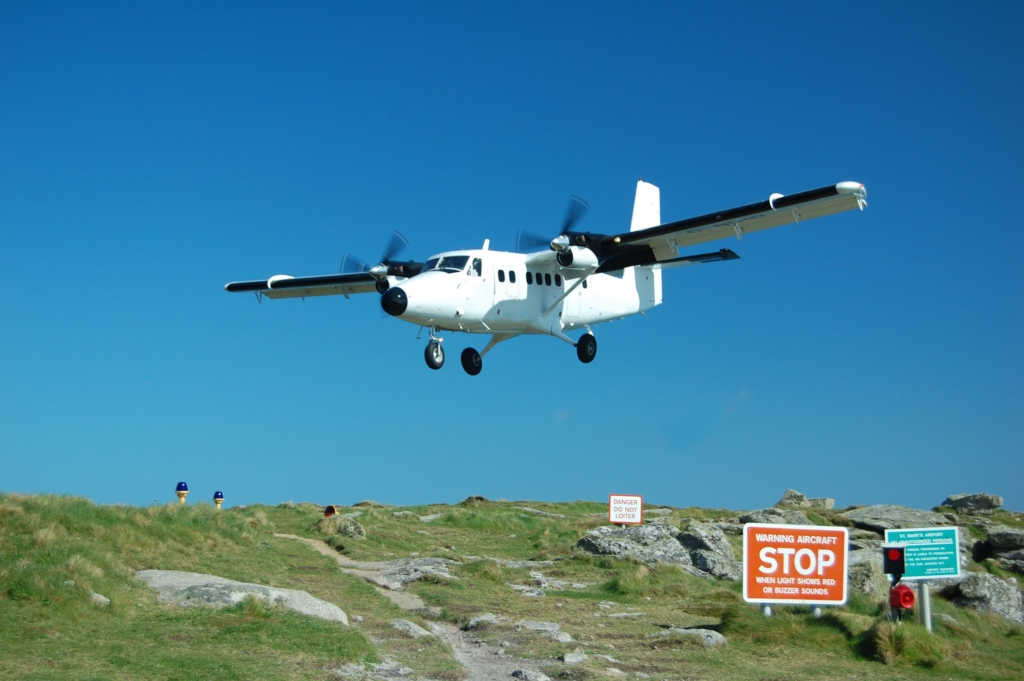
The 300-G is the latest development in the long-running Twin Otter family. The aircraft first entered service in the 1960s and went through several iterations before production paused in 1988. It returned in the 2000s under new ownership, leading to the Series 400 and, later, the Classic 300-G launched in 2023.
The newest model features updated avionics, a revised cabin layout and adjustments to range and payload, while retaining the hallmark short-field capability that has defined the aircraft for decades.
A closer look at the Twin Otter’s operational history and global reach
The Twin Otter has built a diverse service record, operating on wheels, floats and skis across commercial, government and scientific missions. It is used for low-altitude research, environmental monitoring and inter-island passenger transport.
The US National Oceanic and Atmospheric Administration flies the type for marine and environmental surveys, while the Maldives has become one of the world’s largest Twin Otter markets, with the aircraft widely used for resort transfers across the archipelago.
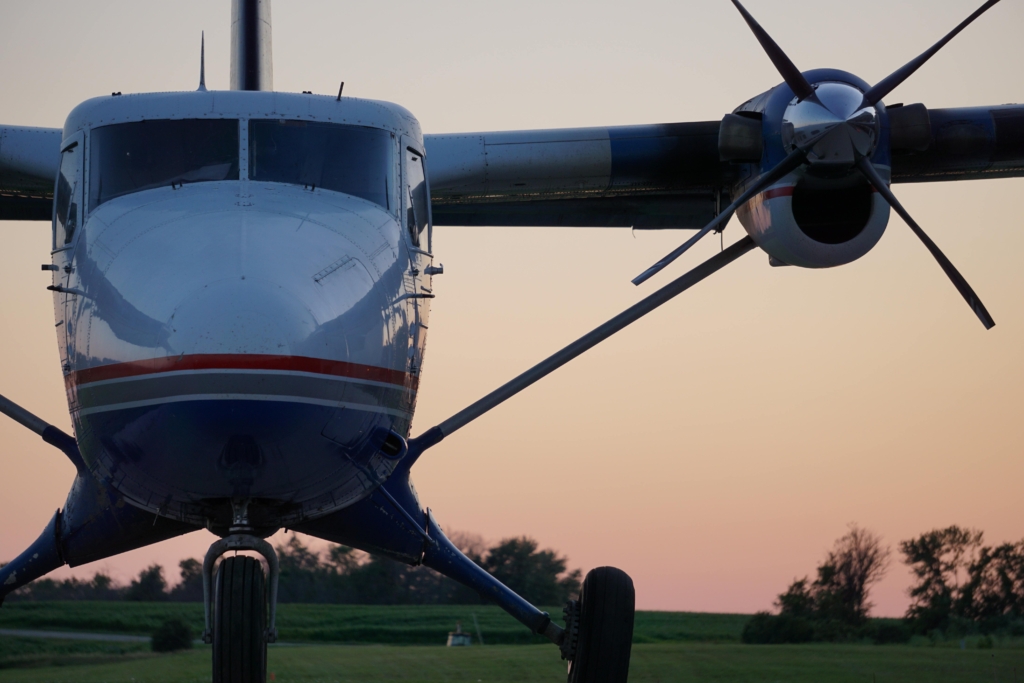
The aircraft’s role has evolved alongside changes in its corporate stewardship. Over several decades, the programme passed through different owners until De Havilland Canada was re-established as the unified brand overseeing the Twin Otter, Dash-8 and water bomber families. The company is now preparing a new final-assembly facility near Calgary to support the 300-G, the Dash-8-400 and the DHC-515 firefighter.
How the 300-G could reshape IndiaOne Air’s next phase of operations
The Twin Otter Classic 300-G is scheduled to enter service in 2025 and features the Garmin G1000 NXi flight deck, an updated interior and engine options within the established PT6A family. It can be configured for passenger, cargo or mixed operations, and is designed to operate from short or unpaved runways — a core requirement for IndiaOne Air’s planned expansion.
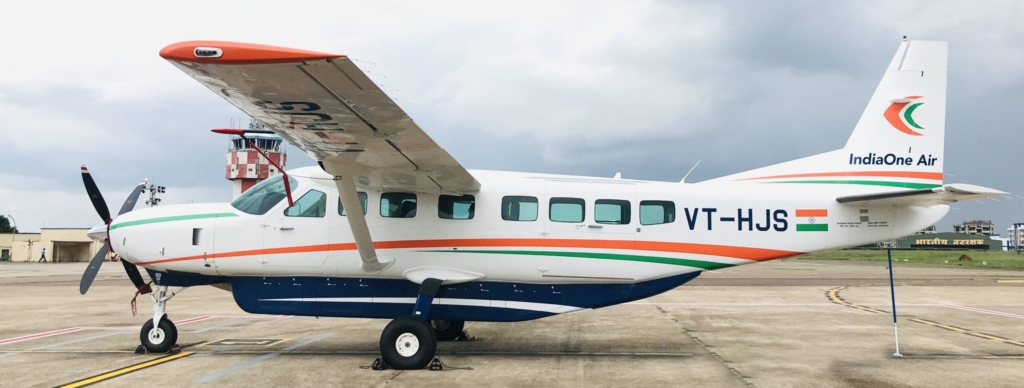
If IndiaOne Air converts the LOI into firm orders, the aircraft would allow the carrier to reach destinations beyond the capability of its current fleet. The move would also position the airline to play a more prominent role in India’s regional aviation landscape, where investment in smaller airports continues to create new opportunities for scheduled service.
